6 ways to achieve a career as a designer
6 ways to achieve a career as a designer
Whether you’re looking for a new position or just trying to improve your product design skills, the following tips can help you achieve both. Medium is inundated with articles on how to get a job in UX or product design, or lists of professional skills every product designer should know, but I want to talk about how to improve your current level. And I must say this formula is pretty simple. The following tips have helped me both in my career growth and to some extent in improving my personal life.
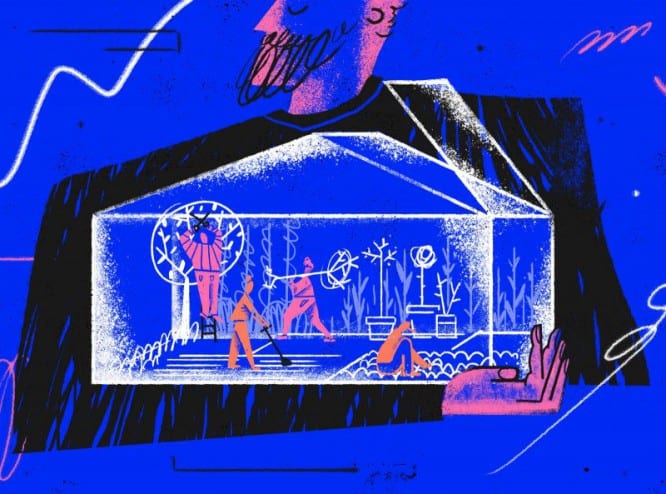
1. Interact actively with your manager
First of all, it’s important to have a frank and direct conversation with your design manager. You should discuss your ambitions and the goals you set for yourself. If anyone will root for you, then this is your manager. So be honest and tell us what projects you want to work on and if you have the right tools and capabilities to do your job best.
Too often, subordinates blame the direct management for all problems, but you are equally, if not more, responsible for your career growth. And, if you’re not yet sure what you want to achieve in your career, that’s okay. But do not forget to discuss all possible options with your manager and make a career development plan. A plan doesn’t have to be perfect, but an unfinished plan is better than no plan.
Once you have clearly defined your career goals, it will become much easier to achieve them.
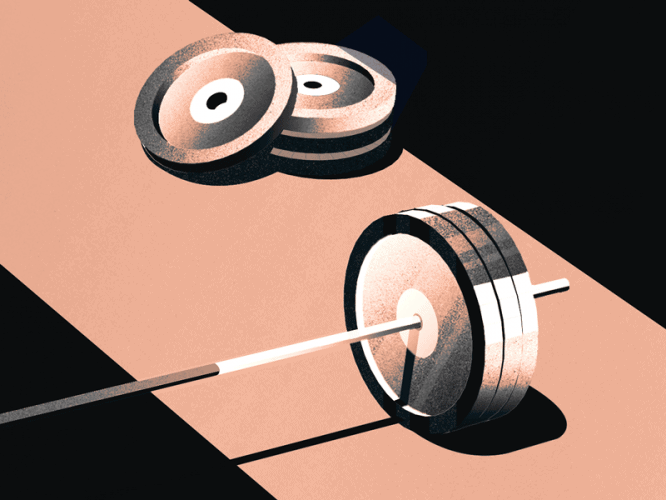
2. Do the work, and the position will come by itself
Quite a simple concept. If you start doing a job corresponding to the position you are striving for, the promotion will come on its own. You just have to put in the effort.
For example, if you are a middle designer and are working on a promotion to a senior designer, start doing the work with the quality expected of a senior designer. If you are already doing top-notch work, the only logical step would be to appoint you to this position. This will give you great promotion opportunities because:
A —You have shown your supervisor that are able to do this kind of work.
B – You already have experience similar work.
Someone might argue that you underestimate yourself by doing more work for the same salary. But to move up the career ladder, you have to work hard. At the very least, the quality of your work will dramatically improve and you will continue to progress as part of your career plan.
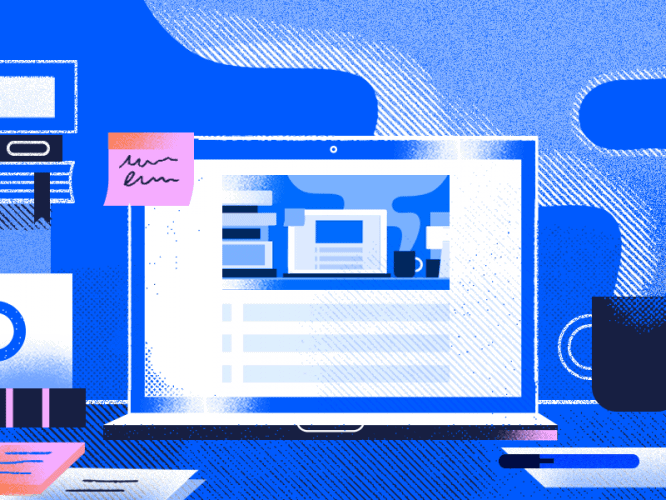
3. Perseverance – courage, determination and strength of character
This word will forever be remembered by me. I heard it in an interview when I was just starting out with digital design. I applied for a position for which I was not qualified, but they saw that I was a quick learner and really wanted to figure it out. The interviewer told me; “One of the most valuable qualities of a designer is tenacity“.
You may not know everything right now, but if you are determined and eager to know what you do not know and find answers, you can do anything. This is a character trait that I always look for in potential employees. It is she who distinguishes great designers from good ones.
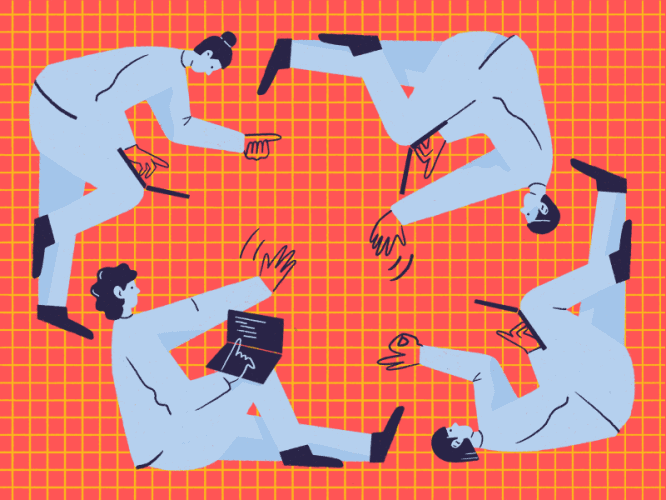
4. Take on projects that no one wants to do
This is especially useful in the early stages of a design career. By doing work that others refuse, you earn a reputation as a problem solver. It will help you stand out and, in turn, let your team and those around you know that you are someone they can rely on, no matter the task or the size of the project.
Don’t get me wrong, I am not saying to be a sneak or a person who always says yes, but it is important to build strong relationships with your colleagues, which in turn will open up more opportunities. Whether it’s an exciting upcoming project or a new job title. You will never know what opportunity comes tomorrow if you say no today.
“Everyone wants to be successful, but nobody wants to work.”
Gary Vaynerchuk
…

5. Be the dumbest person in the room
You are who you surround yourself with, so why not surround yourself with those who are smarter and more knowledgeable than you. It forces you to reach the level of knowledge of those around you. I have found that I can assimilate and remember new information much more quickly if I am fully familiar with it, talking about it in meetings and asking questions. You begin not only to speak like those around you, but also to think like them.
Now, don’t be the quietest, stupid person in the room. Be sure to ask questions, even if you think they might sound silly. Because chances are that someone else is thinking the same way. They just don’t have the courage to ask.
The more you find yourself in such situations, the better you will understand and solve problems from the point of view of others. Empathy is one of the most valuable tools in a product designer’s arsenal.

6. Stay curious
If you’re a product designer, I’m sure you already well know that product design is an area you never stop learning. Product designers are constantly learning and teaching others new tools, techniques, and processes. In an industry where things are constantly changing, it’s important to know what you don’t already know, be curious, and never stop learning.
One great habit I’ve developed is taking advantage of downtime. When a project breaks when your immediate attention is not required, use that time to hone or improve a new skill that you usually don’t have time for. Instead of flipping through your social media feed, use this time to do one of the following:
- Watch tutorial videos
- Read more
- Write articles related to design.
- Explore new tools or topics
- Get involved in the local design community.
All of this helps to hone the skills you need to become not just a good, but a great designer.
Source: UXPUB
…


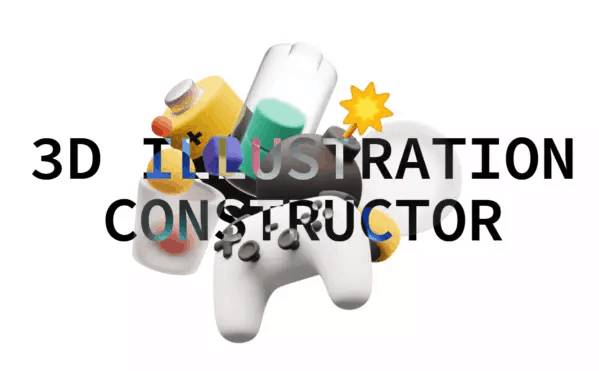
mexican pharmacy Online Pharmacies in Mexico best online pharmacies in mexico